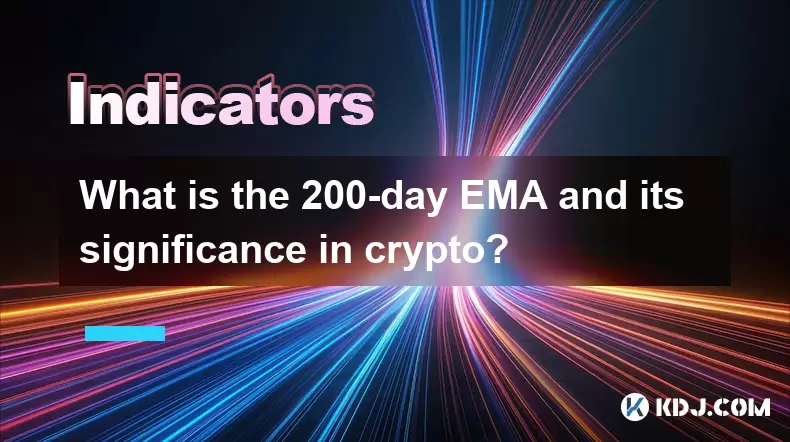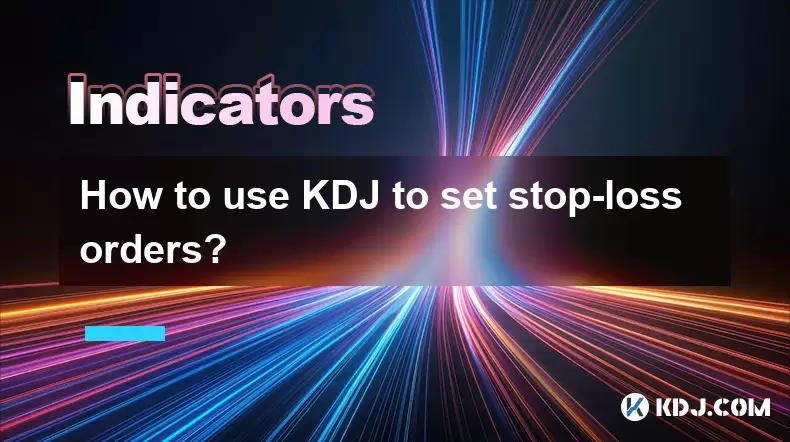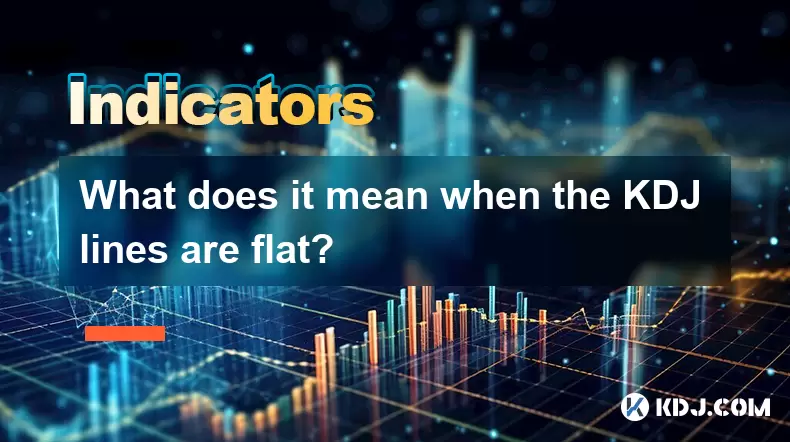-
 Bitcoin
Bitcoin $114700
-3.36% -
 Ethereum
Ethereum $3619
-6.51% -
 XRP
XRP $2.926
-7.66% -
 Tether USDt
Tether USDt $0.9998
-0.02% -
 BNB
BNB $768.6
-4.90% -
 Solana
Solana $168.2
-7.52% -
 USDC
USDC $0.9999
0.00% -
 Dogecoin
Dogecoin $0.2045
-9.02% -
 TRON
TRON $0.3243
-0.27% -
 Cardano
Cardano $0.7208
-8.45% -
 Hyperliquid
Hyperliquid $39.74
-9.17% -
 Stellar
Stellar $0.3882
-8.79% -
 Sui
Sui $3.481
-11.93% -
 Chainlink
Chainlink $16.52
-9.04% -
 Bitcoin Cash
Bitcoin Cash $556.7
-4.79% -
 Hedera
Hedera $0.2444
-11.40% -
 Avalanche
Avalanche $21.96
-8.51% -
 Ethena USDe
Ethena USDe $1.001
-0.02% -
 UNUS SED LEO
UNUS SED LEO $8.950
0.15% -
 Toncoin
Toncoin $3.425
-2.33% -
 Litecoin
Litecoin $104.4
-5.94% -
 Shiba Inu
Shiba Inu $0.00001212
-7.49% -
 Polkadot
Polkadot $3.630
-6.98% -
 Uniswap
Uniswap $9.165
-10.12% -
 Monero
Monero $306.8
-3.10% -
 Dai
Dai $0.9999
-0.01% -
 Bitget Token
Bitget Token $4.360
-3.43% -
 Pepe
Pepe $0.00001049
-9.59% -
 Cronos
Cronos $0.1352
-8.67% -
 Aave
Aave $256.5
-8.03%
What is the 200-day EMA and its significance in crypto?
The 200-day EMA is a key trend indicator in crypto trading, signaling bullish momentum when price is above it and bearish trends when below.
Jul 30, 2025 at 06:29 pm

Understanding the 200-day EMA in Cryptocurrency Trading
The 200-day Exponential Moving Average (EMA) is a widely used technical analysis tool in the cryptocurrency market. It calculates the average price of an asset over the past 200 days, with greater weight given to more recent prices. Unlike the Simple Moving Average (SMA), which assigns equal weight to all data points, the EMA reacts more quickly to recent price changes, making it particularly useful in the volatile crypto space. Traders use the 200-day EMA as a long-term trend indicator to assess whether an asset is in a bull or bear market. When the current price is above the 200-day EMA, it often signals a bullish trend. Conversely, when the price is below the 200-day EMA, it may indicate a bearish trend.
How to Calculate the 200-day EMA
Calculating the 200-day EMA involves a multi-step process that emphasizes recent price data. The formula for EMA is:
EMA = (Price today × multiplier) + (EMA yesterday × (1 − multiplier))
The multiplier is derived from the smoothing factor, typically calculated as 2 / (N + 1), where N is the number of periods—in this case, 200. This means the multiplier is 2 / 201 ≈ 0.00995. To compute the EMA:
- Start with the SMA of the first 200 days as the initial EMA value.
- Apply the EMA formula for each subsequent day using the previous day’s EMA.
- Most trading platforms like TradingView, Binance, or CoinGecko automatically plot the 200-day EMA, eliminating the need for manual calculation.
- On TradingView, click the "Indicators" button, search for "200 EMA," and apply it to your chart.
- Adjust the settings to ensure the period is set to 200 and the calculation method is EMA, not SMA.
Using the 200-day EMA for Trend Identification
The 200-day EMA acts as a dynamic support or resistance level in crypto trading. When Bitcoin or Ethereum trades above the 200-day EMA, it suggests long-term investor confidence and a sustained uptrend. This region often becomes a zone of support during pullbacks. In contrast, when the price falls below the 200-day EMA, it may signal weakening momentum and a potential shift to a downtrend. Traders watch for sustained closes below this level as confirmation of bearish sentiment. For example, during the 2022 crypto bear market, Bitcoin spent extended periods below the 200-day EMA, reinforcing downward pressure. Institutional investors and algorithmic trading systems often use this threshold to trigger buy or sell decisions, amplifying its impact.Golden Cross and Death Cross Signals
Two powerful signals derived from the 200-day EMA are the Golden Cross and Death Cross. These occur when shorter-term moving averages interact with the 200-day EMA: - A Golden Cross happens when the 50-day EMA crosses above the 200-day EMA, indicating a potential long-term bullish reversal.
- A Death Cross occurs when the 50-day EMA crosses below the 200-day EMA, suggesting a long-term bearish reversal.
These crossovers are considered significant because they reflect shifts in market momentum over extended periods. For instance, Bitcoin generated a Golden Cross in late 2020, preceding a major bull run. Conversely, a Death Cross in mid-2021 preceded a prolonged correction. Traders often combine these signals with volume analysis to confirm the strength of the move. High trading volume during a crossover increases the reliability of the signal.Strategic Applications in Crypto Trading
Many traders incorporate the 200-day EMA into their entry and exit strategies. One common approach is buying when the price pulls back to touch or slightly dip below the 200-day EMA and then bounces back up, especially in a long-term uptrend. This strategy assumes the EMA acts as a support level. Stop-loss orders are often placed just below the 200-day EMA to manage risk. In downtrends, short positions may be initiated when the price fails to break above the 200-day EMA, treating it as resistance. Some traders use the 200-day EMA as a filter: - Only take long positions when the price is above the 200-day EMA.
- Avoid bullish trades when the price is below the 200-day EMA.
This method helps align trades with the dominant trend, reducing the likelihood of counter-trend losses. Automated trading bots can be programmed to monitor the 200-day EMA and execute trades based on predefined rules.Limitations and Considerations
While the 200-day EMA is a valuable tool, it has limitations. Because it is based on historical data, it is inherently lagging, meaning it may not anticipate sudden market shifts. In highly volatile crypto markets, prices can whipsaw around the 200-day EMA, generating false signals. For example, during periods of consolidation, the price may cross the EMA multiple times without establishing a clear trend. Relying solely on the 200-day EMA without additional confirmation from volume, RSI, or MACD can lead to poor decisions. Altcoins with lower liquidity may exhibit erratic behavior relative to the 200-day EMA due to manipulation or low trading depth. Therefore, it is essential to use the 200-day EMA in conjunction with other technical indicators and fundamental analysis.Frequently Asked Questions
Q: Can the 200-day EMA be used on timeframes shorter than daily?
Yes, the 200-day EMA can be applied to 4-hour or 1-hour charts, but its significance diminishes. On shorter timeframes, it reflects 200 periods of that interval, not actual days. For intraday trading, the interpretation shifts, and the signal may become noisier. It's most effective on daily or weekly charts for trend analysis.Q: How does the 200-day EMA differ from the 200-day SMA in crypto trading?
The 200-day EMA responds faster to price changes due to its weighting of recent data, while the 200-day SMA treats all days equally. In fast-moving crypto markets, the EMA provides earlier signals, making it preferred by many traders for timely entries and exits.Q: Is the 200-day EMA equally reliable for all cryptocurrencies?
No, its reliability varies. Major assets like Bitcoin and Ethereum with high liquidity and trading volume tend to respect the 200-day EMA more consistently. Low-cap altcoins may ignore it due to manipulation, low volume, or erratic price action.Q: What should I do if the price crosses the 200-day EMA but quickly reverses?
This could be a false breakout. Wait for confirmation—such as a close beyond the EMA over multiple days or supporting volume—before acting. Use additional indicators like RSI or MACD to validate the move and avoid premature trades.
Disclaimer:info@kdj.com
The information provided is not trading advice. kdj.com does not assume any responsibility for any investments made based on the information provided in this article. Cryptocurrencies are highly volatile and it is highly recommended that you invest with caution after thorough research!
If you believe that the content used on this website infringes your copyright, please contact us immediately (info@kdj.com) and we will delete it promptly.
- Australia vs Lions: Unleashing Betting Offers and Free Bets for the Thrilling Finale
- 2025-08-01 16:30:11
- Bitcoin, Satoshi, and the Echoes of Ancient Wisdom in DeFi
- 2025-08-01 16:50:12
- ONDO Tokens: Could They Mint the Next Crypto Millionaires?
- 2025-08-01 16:30:11
- Satoshi, Meme Coins, and Substance: A New Era?
- 2025-08-01 16:50:12
- Decoding the Roar: Australia, the Lions, and the Betting Odds
- 2025-08-01 16:55:48
- Bitcoin Price Plummets Amid Trump Tariffs: A Market Sell-Off Deep Dive
- 2025-08-01 16:55:48
Related knowledge

How do I secure my private key?
Aug 01,2025 at 05:14pm
Understanding the Importance of Private Key SecurityYour private key is the most critical component of your cryptocurrency ownership. It is a cryptogr...

How does the KDJ indicator apply to decentralized finance (DeFi) tokens?
Aug 01,2025 at 04:43pm
Understanding the KDJ Indicator in Technical AnalysisThe KDJ indicator is a momentum oscillator derived from the Stochastic Oscillator, widely used in...

What is the difference in KDJ signal interpretation between a trending and a ranging market?
Aug 01,2025 at 03:56pm
Understanding the KDJ Indicator in Cryptocurrency TradingThe KDJ indicator is a momentum oscillator widely used in cryptocurrency trading to identify ...

Does the KDJ indicator work well for low-liquidity crypto assets?
Aug 01,2025 at 02:01pm
Understanding the KDJ Indicator in Cryptocurrency TradingThe KDJ indicator is a momentum oscillator derived from the Stochastic Oscillator, widely use...

How to use KDJ to set stop-loss orders?
Aug 01,2025 at 04:28pm
Understanding the KDJ Indicator in Cryptocurrency TradingThe KDJ indicator is a momentum oscillator widely used in technical analysis within the crypt...

What does it mean when the KDJ lines are flat?
Aug 01,2025 at 03:22pm
Understanding the KDJ Indicator in Cryptocurrency TradingThe KDJ indicator is a momentum oscillator widely used in cryptocurrency technical analysis t...

How do I secure my private key?
Aug 01,2025 at 05:14pm
Understanding the Importance of Private Key SecurityYour private key is the most critical component of your cryptocurrency ownership. It is a cryptogr...

How does the KDJ indicator apply to decentralized finance (DeFi) tokens?
Aug 01,2025 at 04:43pm
Understanding the KDJ Indicator in Technical AnalysisThe KDJ indicator is a momentum oscillator derived from the Stochastic Oscillator, widely used in...

What is the difference in KDJ signal interpretation between a trending and a ranging market?
Aug 01,2025 at 03:56pm
Understanding the KDJ Indicator in Cryptocurrency TradingThe KDJ indicator is a momentum oscillator widely used in cryptocurrency trading to identify ...

Does the KDJ indicator work well for low-liquidity crypto assets?
Aug 01,2025 at 02:01pm
Understanding the KDJ Indicator in Cryptocurrency TradingThe KDJ indicator is a momentum oscillator derived from the Stochastic Oscillator, widely use...

How to use KDJ to set stop-loss orders?
Aug 01,2025 at 04:28pm
Understanding the KDJ Indicator in Cryptocurrency TradingThe KDJ indicator is a momentum oscillator widely used in technical analysis within the crypt...

What does it mean when the KDJ lines are flat?
Aug 01,2025 at 03:22pm
Understanding the KDJ Indicator in Cryptocurrency TradingThe KDJ indicator is a momentum oscillator widely used in cryptocurrency technical analysis t...
See all articles

























































































